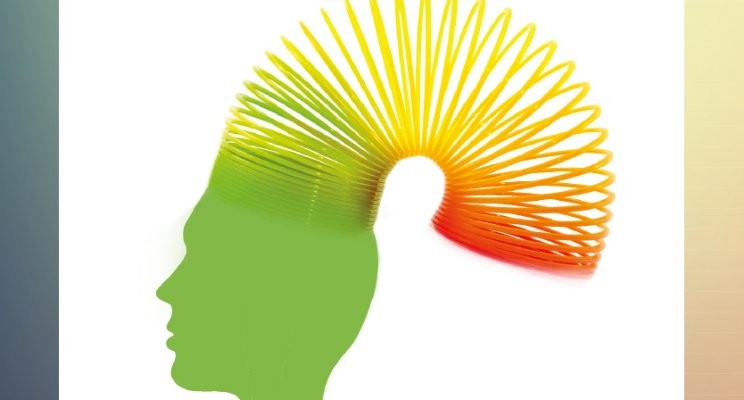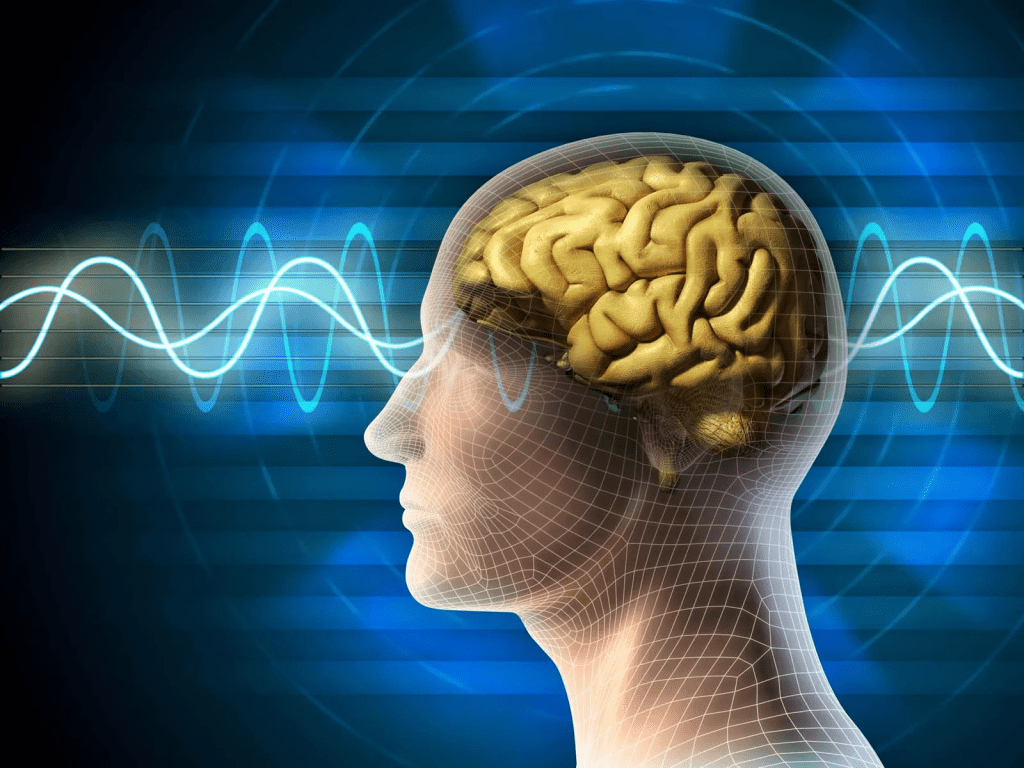Imagine you’re looking at a cloud, and someone asks, “Do you see a fish or a plane?” This simple question has sparked countless debates online, claiming to reveal which side of your brain—left or right—dominates your thinking. But is there any truth to this? And what does your answer say about you? Let’s dive into this popular debate and see if we can shed some light on the age-old left-brain vs. right-brain theory.
Understanding the Left-Brain vs. Right-Brain Theory

The idea that people are either “left-brained” or “right-brained” originates from studies that explored how each hemisphere of the brain contributes to our thoughts and actions. While it’s a popular concept, modern neuroscience tells us that things are a bit more complex. The brain’s hemispheres aren’t as isolated as we once thought—they work together far more than this myth suggests. However, it’s still fun to explore the idea and consider what might influence our perspectives.
What is Left-Brain Dominance?
Left-brain dominance is commonly associated with logical, analytical, and detail-oriented thinking. This side of the brain is linked to skills in:
- Mathematics: Left-brained people often excel in structured tasks like calculations and logical problem-solving.
- Language: Reading, writing, and understanding language tends to involve the left hemisphere.
- Sequential Thinking: Breaking down tasks step-by-step often comes naturally to those who lean left-brain dominant.
If you saw a fish in the image, it could mean that you have a natural inclination toward these attributes. The fish, often seen as calm and composed, may reflect your tendency to view things systematically and notice fine details.
What is Right-Brain Dominance?
On the flip side, right-brain dominance is associated with creativity, intuition, and big-picture thinking. People who lean more towards this hemisphere may have strengths in:
- Artistic Abilities: Right-brained individuals are often creative, with talents in visual arts, music, or imaginative storytelling.
- Holistic Thinking: Seeing the big picture and understanding abstract concepts are common traits.
- Emotional Intuition: A strong connection to feelings and the ability to sense others’ emotions can be a hallmark of right-brained individuals.
If you saw a plane in the image, it might mean you naturally gravitate toward these characteristics. The plane, soaring above with speed and grace, could reflect your ability to view things broadly and think in terms of possibilities.
The Image Debate: Fish or Plane?
So, let’s talk about the image itself. Some people glance at it and instantly spot a fish with a tail and fins, swimming through the sky. Others are quick to notice the outline of a plane, capturing the idea of movement and flight. Interestingly, many people find that they can shift their perception back and forth between the two images. And then there are those who see something else entirely—a testament to the unique way each person interprets visual cues.
But what’s the real reason behind these different interpretations? Some believe it’s linked to personality, while others chalk it up to the workings of the left and right brain. Either way, what you see says more about your perspective than it does about the physical structure of your brain.
The Science (and Myth) Behind Brain Dominance

The left-brain vs. right-brain theory has been around since the 1960s, when researchers first began to study how each hemisphere of the brain functions. They found that certain activities, like speech and language, were often centered in the left hemisphere, while tasks involving spatial awareness were more right-brain dominant. Over time, this concept morphed into the idea that people are either left-brained or right-brained. However, modern research shows us that the brain is far more interconnected than this theory suggests.
In reality, the two sides of the brain work together on nearly every task. When you engage in creative thinking, the logical side of your brain doesn’t shut down—it helps bring structure and clarity to your ideas. Similarly, when you’re solving a math problem, the right hemisphere assists by recognizing patterns and shapes. So, while this exercise can be fun, it’s essential to recognize that both sides of the brain contribute to how we perceive the world.
Why Perception Matters: The Fish and the Plane as Symbols
The “fish vs. plane” debate serves as a powerful reminder of how subjective perception can be. It’s a bit like a psychological inkblot test, revealing our unique ways of viewing the world. Some people tend to focus on details, while others look for overarching themes. The fish, which swims in familiar waters, symbolizes a comfort with routine and a structured approach to life. The plane, however, represents freedom, exploration, and a willingness to break from convention.

The image also highlights how our brains are wired to recognize patterns, often using familiar objects to make sense of what we see. Whether you identify with the fish or the plane, the exercise offers a glimpse into how personal experiences shape our perspectives.
So, What Does This Say About You?
Seeing a fish might indicate that you lean towards the analytical side of things, preferring structure and finding beauty in simplicity. It could reflect an ability to focus on details, organize thoughts, and approach problems methodically.
On the other hand, seeing a plane might reveal your intuitive and creative side. You’re someone who appreciates the beauty in abstract concepts, values freedom of thought, and can easily see the bigger picture. This doesn’t mean you’re not detail-oriented—it just means that you’re more likely to interpret things with a touch of imagination.

And what if you see both? Or something entirely different? Perhaps you’re one of those rare people who seamlessly blends logic and creativity, moving fluidly between detailed and abstract thinking. It might also mean that you’re open-minded, with an appreciation for multiple perspectives—a trait that’s invaluable in today’s complex world.
Conclusion: Beyond the Fish and Plane—Embracing Your Unique Perspective
The fish vs. plane debate is more than a fun exercise; it’s a reflection of how our minds perceive and interpret the world around us. While it might not scientifically reveal which side of your brain is dominant, it’s a fascinating way to explore your thought patterns and preferences. Remember, we all bring something unique to the table. Whether you’re someone who sees the fish, the plane, or something else entirely, your perception is part of what makes you, you.
Next time you look at a cloud, a shadow, or an abstract shape, take a moment to ponder what you see. It might just reveal more about you than you think. And as you gaze up at the sky, ask yourself: what else could be out there, waiting for you to discover?